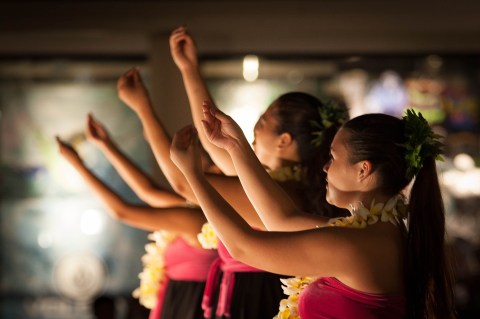13 Incredible Sites Steeped In Hawaiian History That Everyone Should Visit
From the first Europeans visiting the islands in 1778 and the establishment of the Kingdom of Hawaii in 1795 to Hawaii’s admittance to the United States of America in 1959, the Hawaiian Islands are steeped in history – and sites full of history. These are 13 of the most well-known historic sites in Hawaii, and are sure to tell you quite the tale of Hawaii’s history before she became an official state.
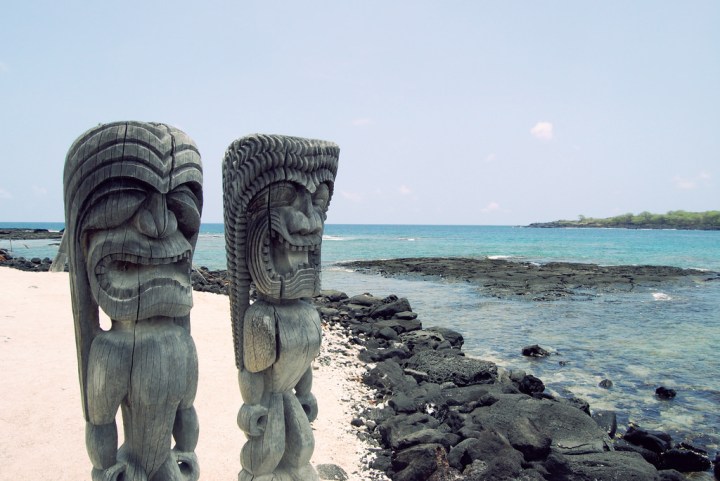
Located on the Big Island is this park, full of archaeological sites and reconstructions of an ancient Hawaiian "place of refuge." The site, once home to Hawaiian royalty and those who broke a law or defeated military, features a self-guided tour.

Located in the heart of Honolulu, Iolani Palace was the royal residence for the Kingdom of Hawaii from King Kamehameha III’s reign to the overthrow of the Hawaiian monarchy in 1893, with Queen Lili’uokalani. The building was then used as the official capitol building until 1969, and was opened to the public as a museum in 1978. The palace is not only a national Historic Landmark, but it is the only palace on United States soil.
Advertisement
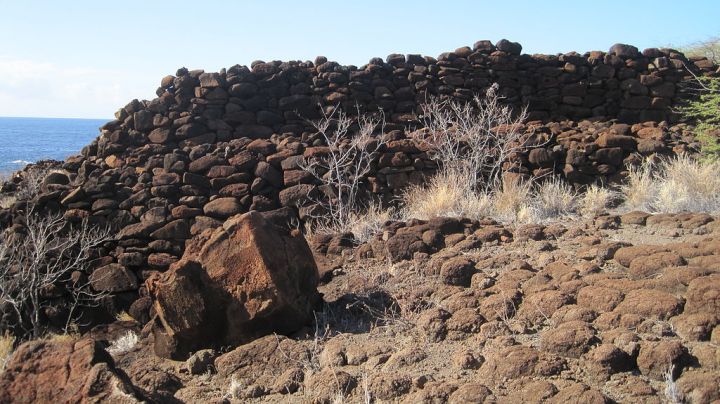
Located on the southern coast of Lanai is this small fishing village that was abandoned in the 1880s. The site is well preserved and covers almost every era of Hawaiian culture, and is the largest surviving ruins of an ancient Hawaiian village. King Kamehameha I often enjoyed fishing in this small village, as did his rival, Kahekili, a Maui high chief who was said to ordered his warriors to leap into the ocean to prove their courage near the village, at a cliff now referred to as Kahekili’s Leap.
Advertisement

Not only is the Nu’uanu Pali lookout one of the most popular lookout spots on Oahu, but it is also the site of one of the bloodiest battles in Hawaiian history –the Battle of Nu’uanu – where Kamehameha I drove the defenders of Oahu into the valley, causing them to be trapped above the cliff. More than 400 soldiers fell to their deaths off the 1,000-foot cliff.
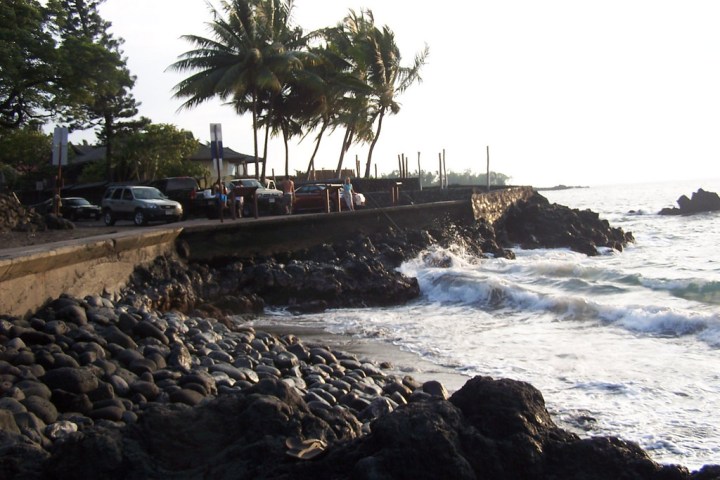
Located on the Big Island’s Kona coast is Kealakekua Bay, an area that was settled more than 1,000 years ago, and is full of historical and archeological sites, including ancient Hawaiian temples and the spot where Captain James Cook – the first European to reach Hawaii – set foot and later died.

Also known as Menehune Fishpond, Alekoko, located near Lihue on the island of Kauai is a historic Hawaiian fishpond that was listed on the National Register of Historic Places in 1973. It is said that the Menehune – a mythical people who inhabited the islands before Hawaiians arrived – are responsible for the fishpond construction.
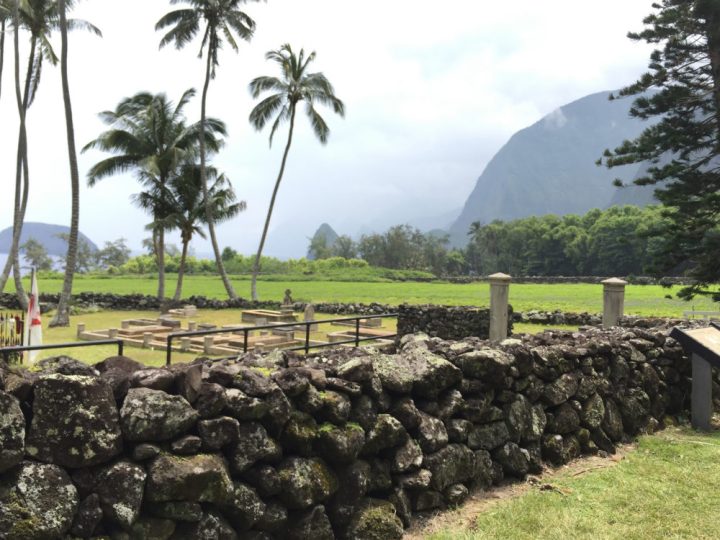
In order to prevent the transmission of leprosy, the Kingdom of Hawaii passed a law in 1965 to send leprosy patients to an isolation settlement on Molokai. At its peak occupation in 1890, approximately 1,100 individuals who suffered from leprosy lived in the colony. Operations seized in 1969, and in 1980, the Kalaupapa National Historical Park was established in order to preserve the culture and physical settings of this former leper colony.
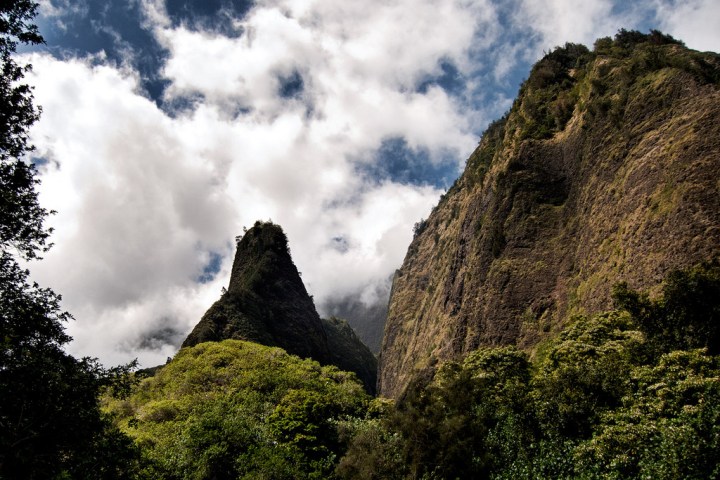
Located within the 6.2-acre Iao Valley State Park is this famous landmark – a fern-covered lava formation rising approximately 1,200 feet from the valley floor. In the late 15th century, Maui’s ruler, Kaka’e, designated the valley as an ali’u burial ground. It is also site of the Battle of Kepaniwai, in which Kalanikupule and the Maui army were defeated by Kamehameha the Great - in his quest to unify the Hawaiian Islands.
Advertisement
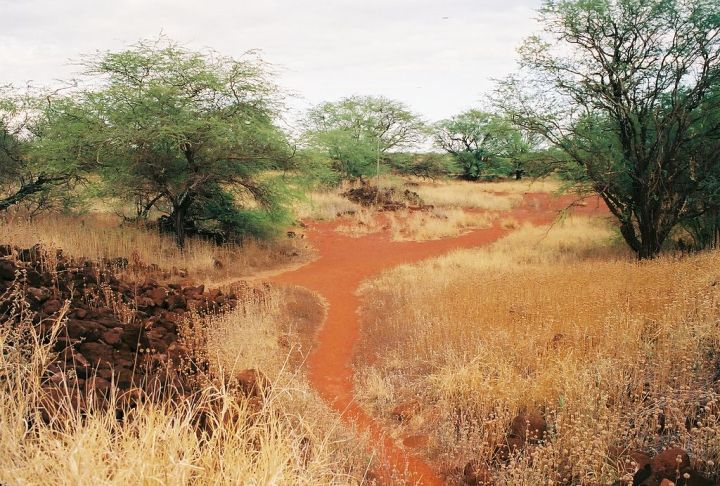
Just south of Waimea, on Kauai, is the last remaining Russian fort in Hawaii. Built in the early 19th century as a result of an alliance between the High Chief Kaumuali’i and the Russian-American Company. The "treaty" granted Russian Tsar Alexander I a protectorate over Kauai, with the implication that Russia could capture the entire island chain from Kamehameha if desired. It is said that Kaumuali’i never intended to give up his power, but that the Russians would help him reclaim his own kingdom.

Located just minutes from downtown Honolulu in the heart of Nu’uanu Valley, Hanaiakamalama served as a summer retreat for Queen Emma from 1857 to 1885. The home was completed in 1848, and features one story, six rooms, and a porch with columns in the Greek revival Style. Today, Queen Emma’s Summer Palace is a museum, tourist site and historic landmark, and is maintained by the Daughters of Hawaii.
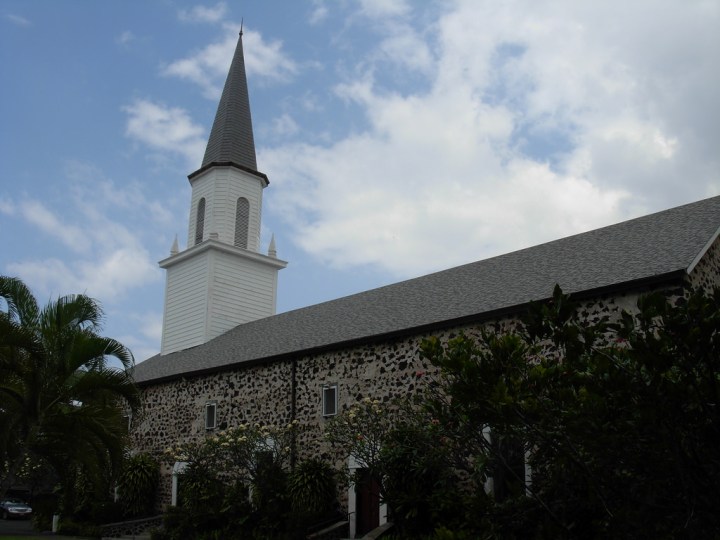
Christianity’s introduction to the Hawaiian Islands is an important one in island culture, and Mokuaikaua became the island chain’s first Christian congregation in 1820. Founded by Asa and Lucy Goodale Thurston, American missionaries given permission to teach their religion by King Kamehameha II, the first official structure was constructed in 1823. Though damaged by a series of fires, the current structure is still in use, and open to the public for tours.
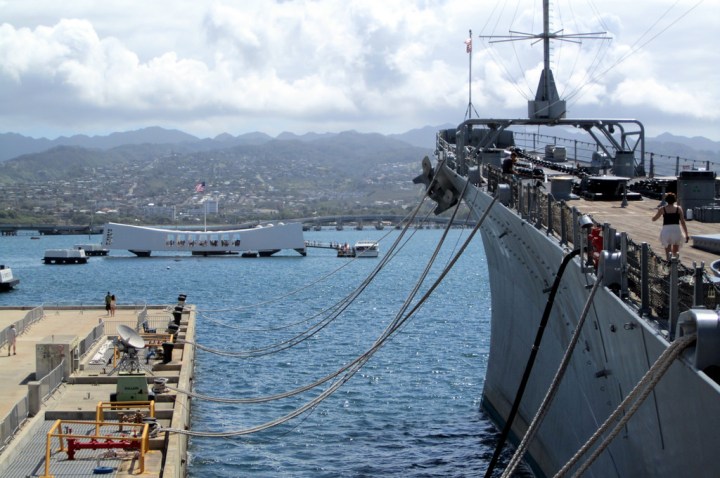
While the U.S. Government did not obtain exclusive use of the harbor – and the right to maintain a repair station for ships – at Pearl Harbor until 1887, it has since become one of the country’s most well-known historic landmarks. This, of course, is due to the Japanese attacks on Pearl Harbor December 7, 1941, the fateful events which was the immediate cause of America’s entry to World War II.
Today, Pearl Harbor is one of two main bases for the U.S. Pacific Fleet, as well as a living piece of history, with several museums and memorials open to the public.
Today, Pearl Harbor is one of two main bases for the U.S. Pacific Fleet, as well as a living piece of history, with several museums and memorials open to the public.
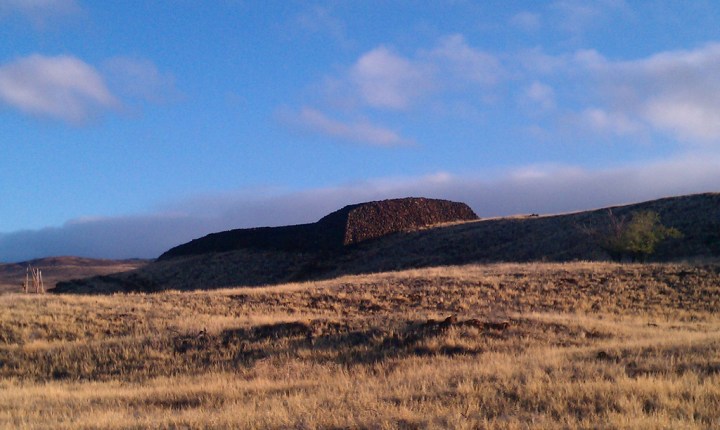
Angel Schatz/Flickr
On the northwestern coast of Hawaii Island is this National Historic Landmark that was designated in order to preserve the ruins of the last major ancient Hawaiian temple. The Puukohola Heiau, translated to the "Temple on the Hill of the Whale," was built by hand, with no mortar, in less than a year. The temple was completed in 1791, and that same year, King Kamehameha summoned his cousin, Keoua Kuahu’ula to the site, and captured and killed the entire party; the sacrifice of the bodies officially marked the temple’s dedication.
Have you been to any of these historic sites? What other sites would you add to this list?
OnlyInYourState may earn compensation through affiliate links in this article. As an Amazon Associate, we earn from qualifying purchases.



